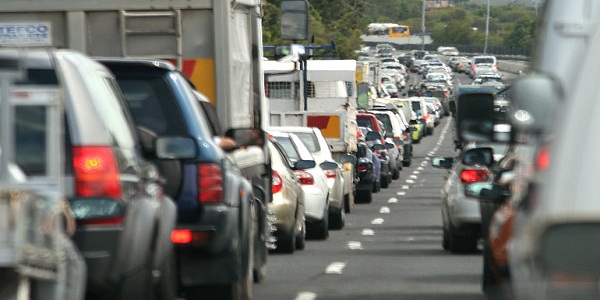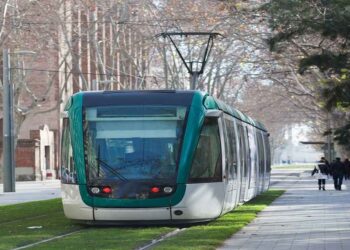Transport for London (TfL) has announced plans to begin the trials of smart pedestrian crossing sensors from the second quarter of this year that are aimed at making it easier and safer for people to cross roads throughout the capital.
The new Pedestrian Split Cycle Offset Optimisation Technique (pedestrian SCOOT) is a video camera technology that automatically detects the number of pedestrians waiting at crossings.
This technology also allows authorities to adjust the timing of traffic signal automatically in order to extend the green pedestrian signal to cross phase when more people are waiting to cross the road.
TfL is also introducing a ‘call cancel’ technology that is capable of detecting when a pedestrian who has pushed the crossing button has either crossed before the signal goes green, or walked off cancelling the pedestrian crossing phase.
The latest announcement follows TfL’s development of Pedestrian Countdown technology, which informs pedestrians of the time left to cross the road once the green pedestrian phase has gone out.
This technology is currently in operation in about 550 pedestrian crossings at 200 locations throughout 30 London boroughs, with plans to install it more widely across the capital in the coming years.
These trials are part of the TfL’s aim to use latest technology to change the management of London’s road network.
Subject to the result of the trials, TfL plans to further develop the technology to use at other high footfall areas like outside sporting venues or busy high streets.
London Mayor Boris Johnson said: “I am delighted that London is the first city in the world to be trialling this cutting-edge equipment, which will benefit pedestrians across the city.
“This really is a fantastic example of how London is leading the way by using 21st Century technology to help make it easier for people to get around our great city.”
The initials trials of pedestrian SCOOT will be conducted on crossings outside Balham and Tooting Bec Underground stations this summer.

































